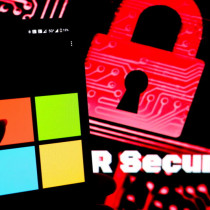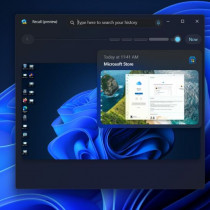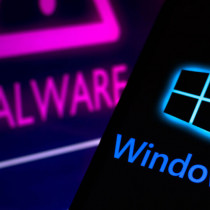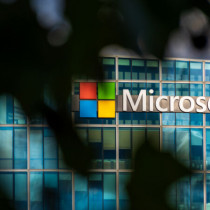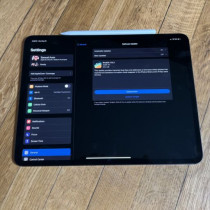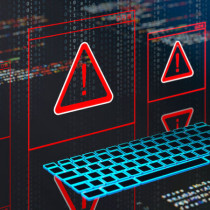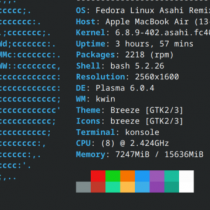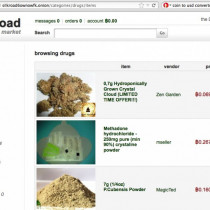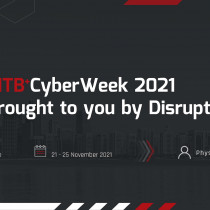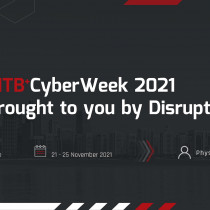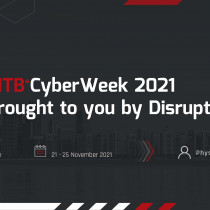Linux not ready for the desktop? Give me a break!
Source: NewsForge
I'm tired of reading on an almost monthly basis articles asserting that Linux isn't yet ready for the desktop. Nonsense! Linux is about as ready for the desktop as Windows is. It's simply a matter of corporate and user inertia that's keeping Linux marginalized.
There are really two markets for desktop Linux. One is individual users. I'm ignoring them here to address IT departments. If you're a Linux user outside of an organization, you probably face many of the same issues as corporate users, but you can (and must) deal with them yourself, and therefore decide for yourself whether Linux or Windows or MacOS suits your needs best.
The other market for desktop Linux is business organizations. Their OS needs are well-known: reliability, security, compatibility with existing data and devices, and the availability of applications they need to accomplish their business objectives.
To compete on the desktop, Linux must score at least as well on most of those criteria as the other choices, and it does. It's at least as reliable and secure as Windows XP. Microsoft might have the edge in compatibility with existing data and peripherals, but Linux has the edge in compatibility with existing clients -- you may have to buy a whole new PC to upgrade from Windows 98 or 2000 Professional to XP.
Application availability can be a killer. While there's now a greater range of open source applications for users, the number still doesn't stack up to what's available for Windows. But more important than what's available in shrinkwrap is what's been written for special purposes. While simple Visual Basic for Applications macros may run in OpenOffice, the highly customized ones that many businesses rely on probably won't. The same is true of applications programmed in high-level languages. Virtually any such program will require more than a simple recompile of the source code to work under a new operating system.
There's one other key component that I thought was hindering general deployment of Linux in large organizations -- lack of a good desktop management client for server-based network management frameworks. Applications such as LANDesk Software's LANDesk Management Suite, Veritas Desktop Management Suite, Novell ZENworks for Desktops, Computer Associates Unicenter, Tivoli, and Novadigm Radia Management Suite are vital to keeping costs under control when managing large numbers of clients. These programs must be able to perform hardware and software inventory, software distribution, remote control, and desktop policy management.





